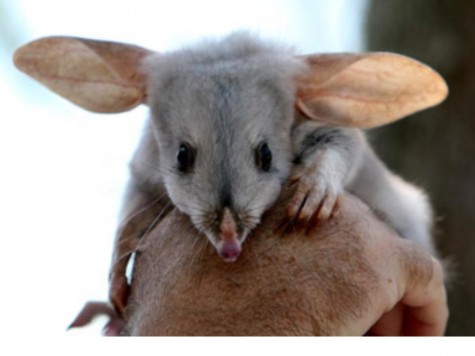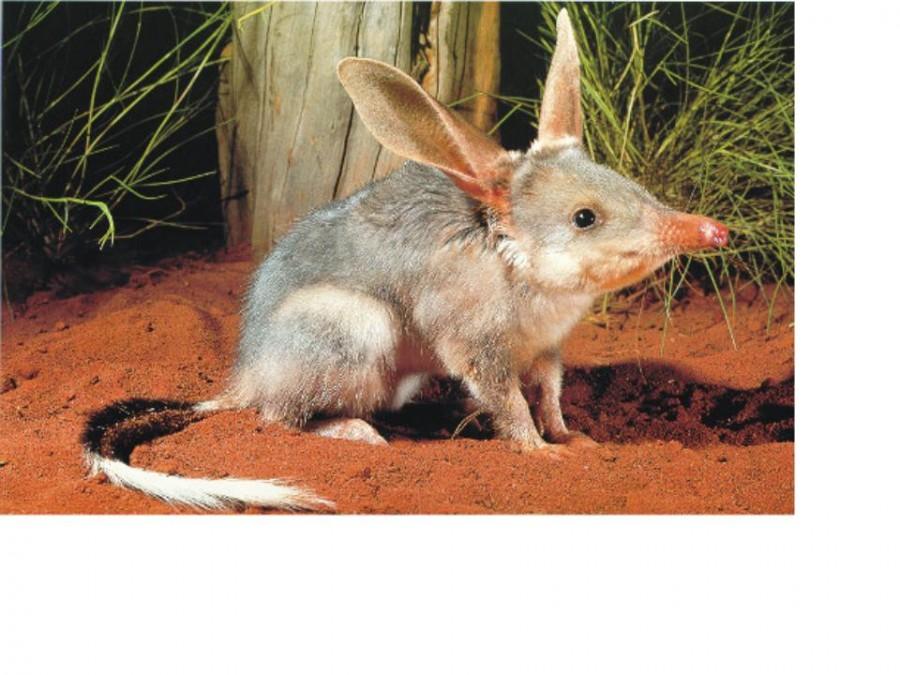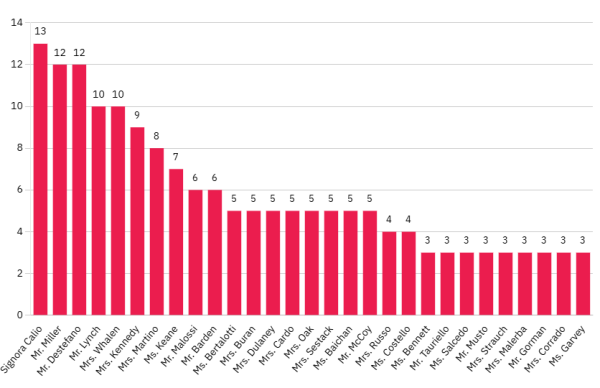BHS Creature Feature, Pt. 1: The Bilby
“The bilby looks like a rabbit-rat-dog!”
- Lauren Bloom
“It’s furry…but its nose is weird…I’m not sure whether it’s cute or not.”
- Brooke Radcliffe
“It’s the most adorable thing I’ve seen in my entire life.”
- Kelsey McGuggart
Physical Description: The bilby is a type of bandicoot, a group of omnivorous marsupials native to Australia. Like other bandicoots, bilbies have short bodies and long, pointed snouts. The bilby differs in appearance from other bandicoots in that it has larger ears, a longer tail, and silkier fur.
The fur of the bilby is generally a silvery gray or white color.

Average Body Measurements:
Head and body: ranges from 30-55 cm.
Tail: ranges from 20-29 cm.
Males are generally larger than females.
Region: Central Australia
Habitat: Grassland and desert.
Diet: Bilbies are omnivores, and use their long slender tongues to eat a specialized diet of seeds, fruit, flowers, insects, and fungi.
Lifespan: Up to 6 years.
Behavior: Bilbies are talented diggers, and construct elaborate burrows for daytime shelter. To avoid the hot desert sun, bilbies emerge at night to forage for food. Because they have poor vision, bilbies use their acute senses of smell and hearing to locate food.
Natural Predators: Bilbies have to stay on the lookout for large predators like dingoes, eagles, cats, and foxes.
Fun Facts:
-Bilbies can dig spiral-shaped burrows up to 3 m long and 2 m deep.
-Due to their long, rabbit-like ears, bilbies have become a popular symbol of Easter in Australia.






